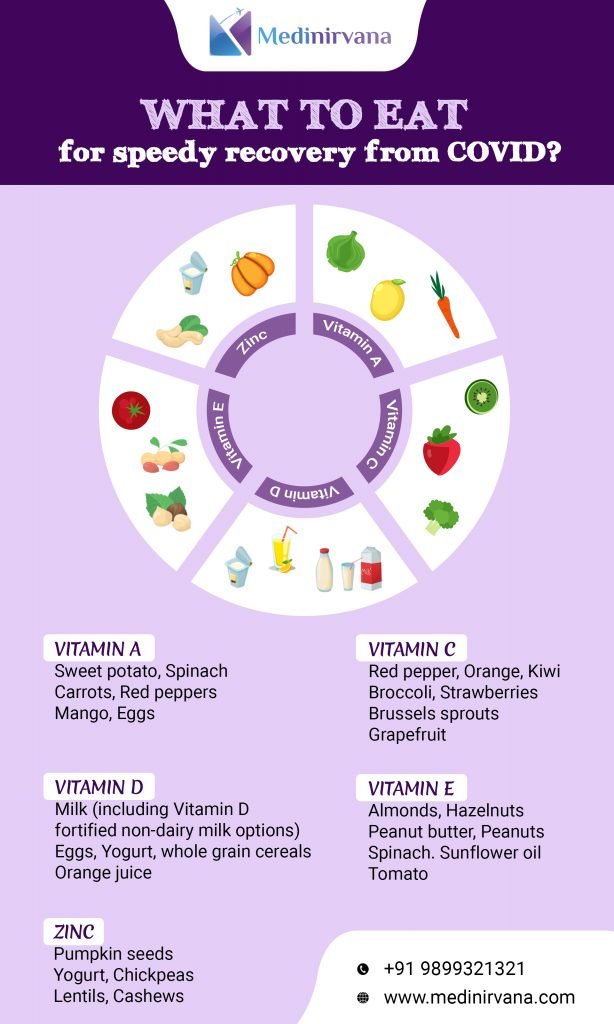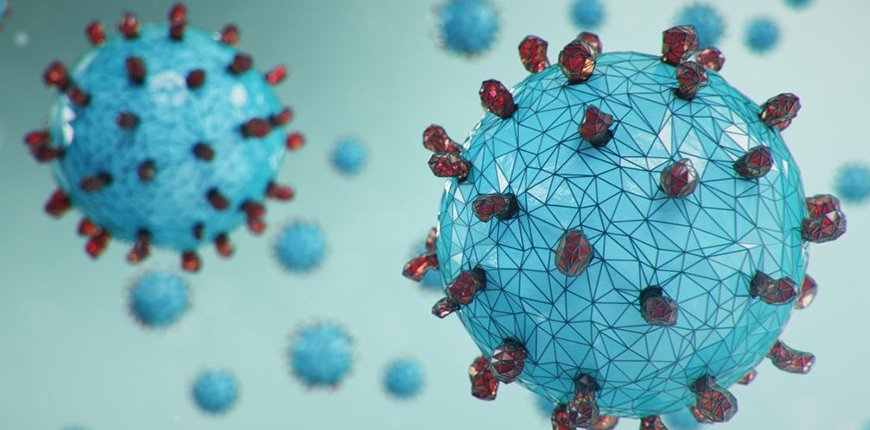At present, the whole world is suffering from the ill effects of the COVID-19 pandemic. Many people have lost their life to this deadly virus. Similar to the COVID pandemic, the world faced another viral pandemic in 2009. This was the Swine flu or the H1N1 Influenza pandemic. Some cases of the H1N1 influenza infection were also reported in the year 2020 in India.
Many people have doubts about the similarities and differences between these two viruses and pandemics. This article addresses all such doubts that people commonly have.
We will compare these viruses and the pandemics caused by them with the severity of both these illnesses, how to reduce the spread of these viruses and how to take care of yourself and remain calm in these tough times.
Feel free to skip ahead if one topic catches your eye
- H1N1 V/S COVID-19 pandemics
- H1N1 and COVID-19 pandemics- Severity of illness and death rate
- How to Reduce the Spread of these viruses?
- How to take care of yourself if you got the symptoms?
- It is Important to Keep Calm in difficult times
Take Away
-
H1N1 V/S COVID-19 pandemics
Although the H1N1 virus and the COVID-19 virus have many differences between them, they do share some similarities as well. In this section of the article, we will look at some of the similarities and the differences between these two viruses.
Similarities
Both these viruses primarily affect the respiratory system of humans and thus the similarities in the diseases caused by these viruses are seen in the following four areas:
- Symptoms
- Transmission
- Risk factors
- Complications of the disease
Symptoms
Since both these viruses cause respiratory infection, they also cause some common symptoms like:
- Fever and chills
- Cough
- Weakness and fatigue
- Sore throat
- Runny nose
- Bodyache
- Headache
- Shortness of breath
Some digestive systems problems are also caused by both these viruses which include:
- Vomiting
- Diarrhoea
One symptom that is specifically seen in COVID-19 infection is the loss of smell and taste which is very characteristic and highly suspicious of Coronavirus infection.
Transmission
H1N1 virus came in humans from pigs whereas the COVID-19 virus originated from bats. But both viruses are contagious and can be spread through contact. The transmission of both these viruses occurs in similar ways which include:
- Respiratory droplets from infected people
- Through contaminated objects
Respiratory droplets from infected people
These are tiny droplets that are formed when an infected person speaks, sneezes, or coughs. Direct inhalation of these droplets by coming in close contact with an infected person can lead to transmission of the virus.
Through contaminated objects
These droplets can also land on surfaces and survive there for a few hours. Touching these surfaces and then your face (eyes, mouth, nose) can provide an entry point to these viruses.
Risk factors
There are similarities in the people who are at an increased risk of both infections. These include:
- Older people (people over the age of 60 years)
- People with co-morbidities like
- Diabetes
- Hypertension (increased blood pressure)
- Chronic lung diseases like COPD, asthma, etc
- Heart diseases like CAD and heart failure
- Chronic kidney diseases
- Chronic liver diseases
- Immunosuppressive conditions like AIDS, transplant patients, cancer patients, etc
Complications of the disease
Both these viruses cause similar complications in the infected people like:
- Pneumonia
- Respiratory failure
- ARDS (Acute Respiratory Distress Syndrome)
- Secondary lung infections
- Sepsis
- Worsening of underlying diseases
Differences
Having looked at the similarities between the viruses, we will now see the differences between these viruses and the diseases caused by them. These differ in the following aspects:
- Type of virus
- Infectivity
- Most affected age group
- Severity of diseases
- Mortality rates
Type of virus
The H1N1 virus belongs to the influenza virus family and contains 8 strands of single-stranded RNA, whereas the COVID-19 virus is a part of the group of Coronaviruses, who have a single copy of single-stranded RNA.
Infectivity
COVID-19 virus has more infectivity than the H1N1 virus. While a person infected with the swine flu virus spreads the disease to about 1 to 2 more people (1:1.3-1.7 infectivity ratio), one single person affected from COVID-19 spreads the virus to 3 more people (1:3 infectivity ratio).
Most affected age group
The most affected age group during the 2009 H1N1 pandemic was the population below the age of 30 years. This was probably because of the immunity of the elder generation for the influenza virus. COVID-19 mostly affects the older population.
2. H1N1 and COVID-19 pandemics- Severity of illness and death rate
Severity of diseases
The disease caused by the H1N1 virus had less severity as compared to the COVID infection. About 94-98% of the H1N1 viruses were mild. Whereas, only 80% of the COVID cases are mild, with patients having minimal URTI (Upper Respiratory Tract Infections) symptoms like cough, runny nose, etc, or being asymptomatic. About 15% of patients have a serious disease requiring oxygen therapy and 5% requiring ventilation.
Mortality rates
Although the exact mortality rates of the COVID virus can not be determined as of now because of the ongoing pandemic, it has been observed from the existing studies that the COVID-19 has a higher mortality rate as compared to the H1N1 flu.
The research data so far indicates that the crude mortality ratio which is the number of reported deaths divided by the number of reported cases is between 3-4%. Whereas the infection mortality rate (the number of reported deaths divided by the number of infections) will be lower.
For seasonal influenza, mortality is usually well below 0.1%. However, mortality of both diseases is to a large extent determined by access to and quality of health care.
3. How to Reduce the Spread of these viruses?
Since both these viruses spread through similar methods, the basic principles for reducing the spread of these viruses include the same means.
To avoid getting infected by the virus, people have to safeguard themselves from both the respiratory droplets that are in the air as well as the ones that are present on various surfaces that they touch.
Safety measures to be followed to reduce the spread of these viruses include:
- Protect your face using measures like double masking and face shields.
- Maintain physical distance from any symptomatic person
- Maintain social distancing in all public spaces.
- Follow strict hand hygiene by washing your hands properly with soap and water or an alcohol-based hand sanitizer.
- Avoid touching your face.
- Cough or sneeze into a handkerchief or your elbow. Dispose of the tissue properly after coughing or sneezing into it.
- If you experience any symptoms or feel unwell, stay at home and contact a healthcare professional.
Positively get vaccinated at the earliest. Although vaccination will not prevent the spread of disease or make you completely immune from infection, it has been clearly seen in research studies that people who have been fully vaccinated have only mild forms of the infection.
4. How to take care of yourself if you got the symptoms?
In case you get infected by the COVID virus, it is extremely important to take proper care of yourself. If you have a known contact history with a COVID positive patient, isolate yourself from your family or people you are sharing a space with.
Contact a healthcare worker if you experience any symptoms like cough, fever, loss of sensation of smell and taste, etc. He/she will prescribe you certain tests and medications. Try to get these tests done by calling some lab worker to your home. Avoid stepping out of your house unless absolutely necessary.
Start taking the medications prescribed to you and monitor your vitals regularly. Keep a pulse oximeter with you and constantly track your oxygen saturation or SpO2 levels. This is the most important indicator of disease severity in COVID patients.
Saturation levels above 94% are normal and you do not need to worry and you should continue taking your treatment. Keep your doctor updated with your condition.
Other than this, there are certain things you should do for a faster recovery.
- Take proper rest.
- Drink plenty of fluids.
- Eat a protein-rich diet
- Steam inhalation 3 times a day.
- Practice hand hygiene and respiratory hygiene.
Start looking for hospital beds and other facilities and try to have these options in case you need admission on an urgent basis.
If you have any worsening of symptoms like experiencing shortness of breath or your saturation levels fall, immediately contact your doctor. Patients with worsening conditions may require oxygen therapy or ventilation. Immediately report to a hospital in such scenarios.

5. It is Important to Keep Calm in difficult times
It is extremely important to stay calm during these tough times. 80% of people infected with the COVID virus only have a mild infection and can be treated at home. These people do not require hospital admissions unless they suffer from worsening symptoms.
Do not panic and run to a hospital or treatment. Hospital facilities should be utilized only by people who actually need them. Also, not everyone requires all the drugs that are prescribed to serious COVID patients. Do not hoard these drugs or oxygen cylinders because this creates a shortage of these supplies for seriously ill people.
Do not believe every information that you get from the internet. Check your facts properly before spreading any information. Trust only the most authentic sites for any COVID-related information or statistics. The spread of this false information is causing a lot of panic and chaos throughout the world.
Please follow only a doctor’s advice and do not indulge in any quackery. Do not attempt to take any medications without your doctor’s approval. These practices do more harm than good for the patients
The whole world is suffering from this pandemic and we all should remember that we need to be together and have to help each other in this time.
Take Away
This was a brief article on the similarities and differences between the COVID-19 and the H1N1 virus. For further information, contact a qualified professional who will be able to guide you best.
We, at Medinirvana, aim to provide the best facilities to you so that you can focus completely on the betterment of yourself and your patients and do not have to worry about all the formalities.








Leave a Reply